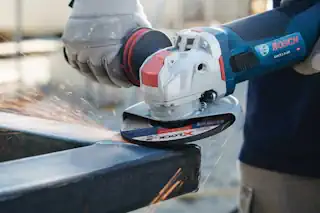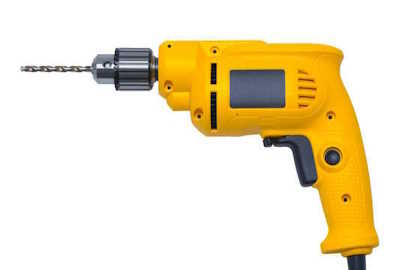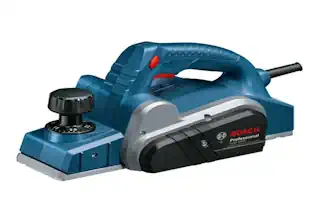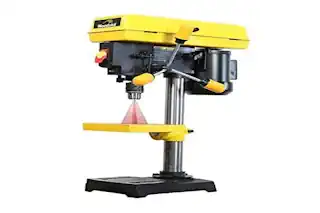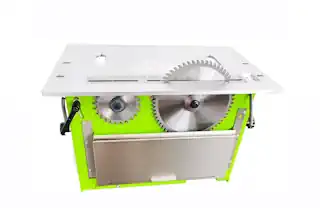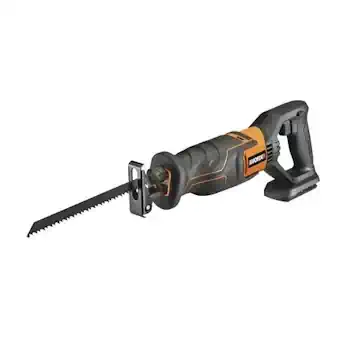Use of a Circular Saw: A Beginner’s Guide
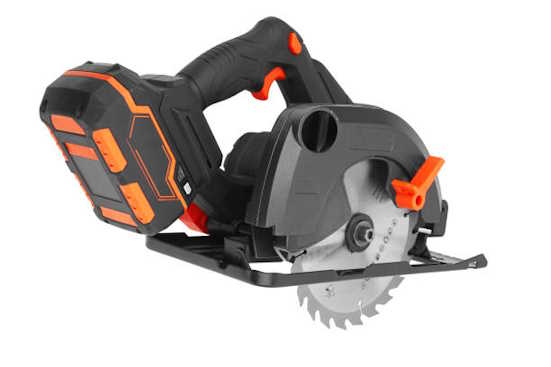
If you’re ready to roll up your sleeves and tackle woodworking projects like a pro, the circular saw is a tool you can’t afford to overlook. Versatile, powerful, and precise, mastering this saw can take your DIY game to a whole new level. Whether you’re slicing through plywood for a home project or crafting wood masterpieces, understanding the circular saw is a must. Here’s a beginner’s guide to get you started safely and with confidence.
Understanding Circular Saws
Before the whirring of blades and the scent of sawdust fills the air, you need to familiarize yourself with the circular saw. It’s essentially a motorized saw with a rapidly rotating blade that enables it to deliver quick and clean cuts.
Dissecting the Components
Get to know the key elements of your circular saw:
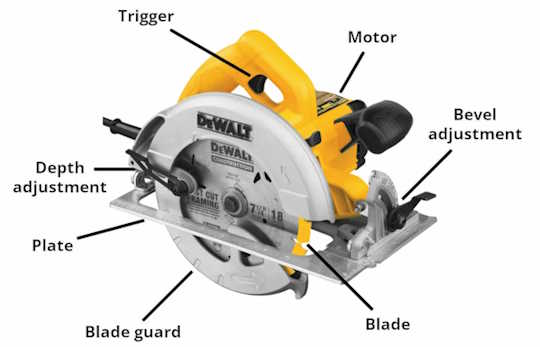
The Blade: It’s not a circular saw without the blade. The type of blade can be tailored to different tasks, from cutting through wood to tougher materials like concrete or metal.
The Motor: This is the powerhouse of the saw, turning the blade at high speeds to make your cuts.
The Handle: Where you grip the saw for control. It’s generally set up for one-hand use, with the other sliding in a comfortable press against the top of the saw.
The Base Plate (Shoe): This is the flat plate on the bottom of the saw that rests on the surface of the material you’re cutting. It also provides a stable base as you guide the blade.
Safety First
Safety glasses, ear protection, and gloves are non-negotiable when operating a circular saw. The whir of the blade and the debris it can throw makes eye protection essential. Add in ear protection to guard against the noise, and gloves for grip and to avoid splinters.
Make a mistake like I did and you end up with a 7 inch scar for the rest of your life. Safety features are there for our protection. They should not be altered or removed.
Setting Up the Circular Saw
A well-set-up circular saw is the key to a successful project. Here’s how to get it ready to roll.
Adjusting Depth and Angle
Most saws allow you to adjust the depth of the blade with a simple lever or knob. The proper depth allows the teeth to cut through the material without extending too far below the workpiece. For bevel cuts, you can adjust the angle typically up to 45 degrees for a slanted edge.
Blade Installation
Any saw blade swapping should happen with the saw unplugged. Always fit the saw blade with the right teeth orientation. You’ll want the carbide-tipped teeth pointing downward at the front of the cut when using a handheld circular saw. Once installed, ensure the blade is secure and straight by checking that it doesn’t wobble.
Using the Circular Saw
Now that your saw is ready, it’s time to make some cuts.
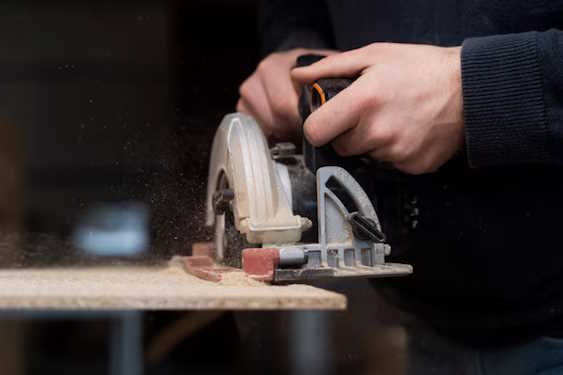
Proper Handling
Always use both hands to grip the saw, with one on the main handle and the other on the auxiliary handle. Keep your body positioned to one side of the saw and material to prevent kickback.
Making Cuts
For straight cuts, use a guide or fence to keep the saw on the pathway. You can use a chalk line or a measured stick as a guide. When tackling large sheets of plywood or another sizeable work, support the material to prevent it from pinching the blade or binding it. To cut bevels, ensure the angle is accurate and again, use a guide for control.
Safety Measures
Even when you’re familiar with your saw, safety should remain your top priority.
Maintaining Safety
Always cut in a well-lit, clean space to see the cutting line clearly. Never force the saw through the material; allow the blade to work at its own pace.
Handling Kickbacks
A kickback occurs when the saw lurches back toward you. To prevent this, ensure the blade guard is functioning properly and don’t overreach. If kickback happens, keep a firm grip on the saw and don’t panic; the saw is designed to be safest in your hands.
Practical Tips and Tricks
Experience is the best teacher, and these tips will give you a head start.
Measurement and Marking
An experienced saw user will tell you that cutting starts with proper marking. Use a pencil to mark your cut, and always double-check your measurements before starting.
Utilizing Guides and Fences
There’s no shame in needing a little help, especially when straight lines are a must. Clamps and straight guides can help you maintain accuracy, particularly when cutting long materials that require consistent precision. When ripping and entire sheet of plywood or other large item a guide is a very useful tool and worth the time to setup.
Troubleshooting
Cuts not as straight as you’d like? Saw not starting properly? Don’t be discouraged. First, check your blade is sharp, your saw is properly aligned, and you’re not over-taxing your saw with material it can’t handle. Make sure you have a clean work surface and don’t push on the saw more than needed.
Conclusion
With this guide, you have the foundational knowledge to use your circular saw effectively. Remember that proficiency comes with practice, so start with simple projects and gradually advance to more complex ones. Continue learning different cuts and projects that require a circular saw, and most importantly, always prioritize your safety and the safety of others.
The hum of a circular saw is often the soundtrack of accomplishment in DIY and woodworking. Now, it can be your melody of mastery. Go out there and craft something beautiful!
Frequently Asked Questions
Can I use the same blade for cutting wood and metal?
No, different materials require specific blade types. Wood-cutting blades have differently configured teeth than those designed for cutting metal. Always ensure you’re using the correct blade for your material to avoid damage to the blade, material, and potentially yourself.
How do I know when it’s time to replace the blade?
Signs that your blade needs replacing include difficulty making cuts where it was previously easy, rough or splintered edges on the cut material, or visible wear and missing teeth. Regular inspections will help you recognize when it’s time for a fresh blade.
Is a circular saw suitable for beginners?
Absolutely! With proper safety gear, understanding, and respect for the tool, beginners can effectively use a circular saw. Starting with straightforward projects will help build confidence and skill.
What should I do if my saw isn’t cutting straight?
Check that your blade is not dull or damaged, ensure your saw’s base plate is squarely aligned with the blade, and verify that your guide or fence is straight. Misalignment or a bent blade can cause your cuts to stray off path. Consider applying a straight edge as a cutting guide especially on rip cuts with large items like cutting plywood.
How can I minimize sawdust and debris?
Some saws come with a dust port that can be connected to a vacuum for dust collection. Otherwise, ensuring a clean, sharp blade and making sure to cut at an appropriate speed can reduce the amount of debris generated.
Do I really need hearing and eye protection?
Yes, always. Even though it might seem cumbersome at times, using ear protection and safety goggles is essential to protect against long-term hearing damage and to shield your eyes from harmful dust particles or flying debris.
